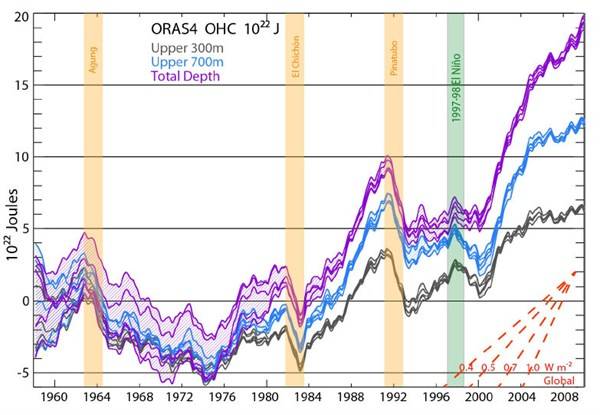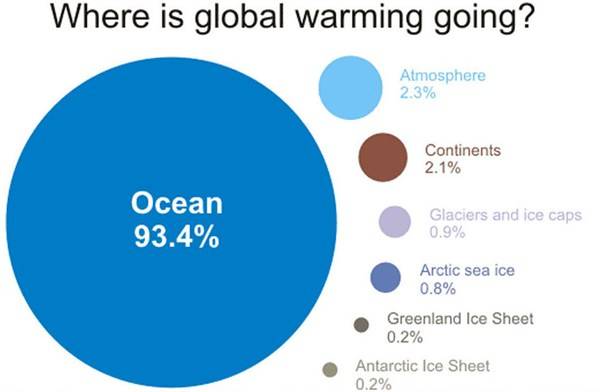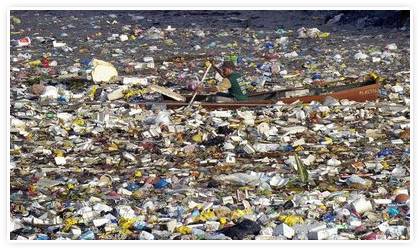- Thread starter
- #21
Now just who is stating that the sun is only responsible for 30% of the surface temperature of the Earth? Methinks you just created a strawman, noting that you did not link to any source for your statement.
Interesting proxies, although most articles I have seen on the Younger Dryas put the blame on an influx of freshwater that shut down the normal oceanic circulation.
In either case, what does this have to do with the present situation, where we have a decline in solar flux and a continueing increase in the global temperature?
I dont believe that is the current situation though. It appears that was the situation last decade but now
Where has the warming gone?
That is the core problem with AGW, it cannot make predictions. I dont disregard the data but it is really meaningless as far as making policy if the only prediction that can be made is that we will either all be dead in 50 years or we wont notice anything has changed.

Even if you set aside AGW, the acidification of the oceans due to billions of tons per year of CO2 being released into the atmosphere will ensure that we will notice. It's already happening.



Ah yes, the final attempt by the desperate. Acidification is a non starter. If we were able to put every bit of carbon from the terrestrial region into the aquatic the pH of the oceans would drop from 8.1 to 8.0 and the last time I checked that is....oh, what the hell do they call that???>>>>>>Oh yeah..ALKALINE!. You can NEVER make the oceans acidic....it is physically impossible.









